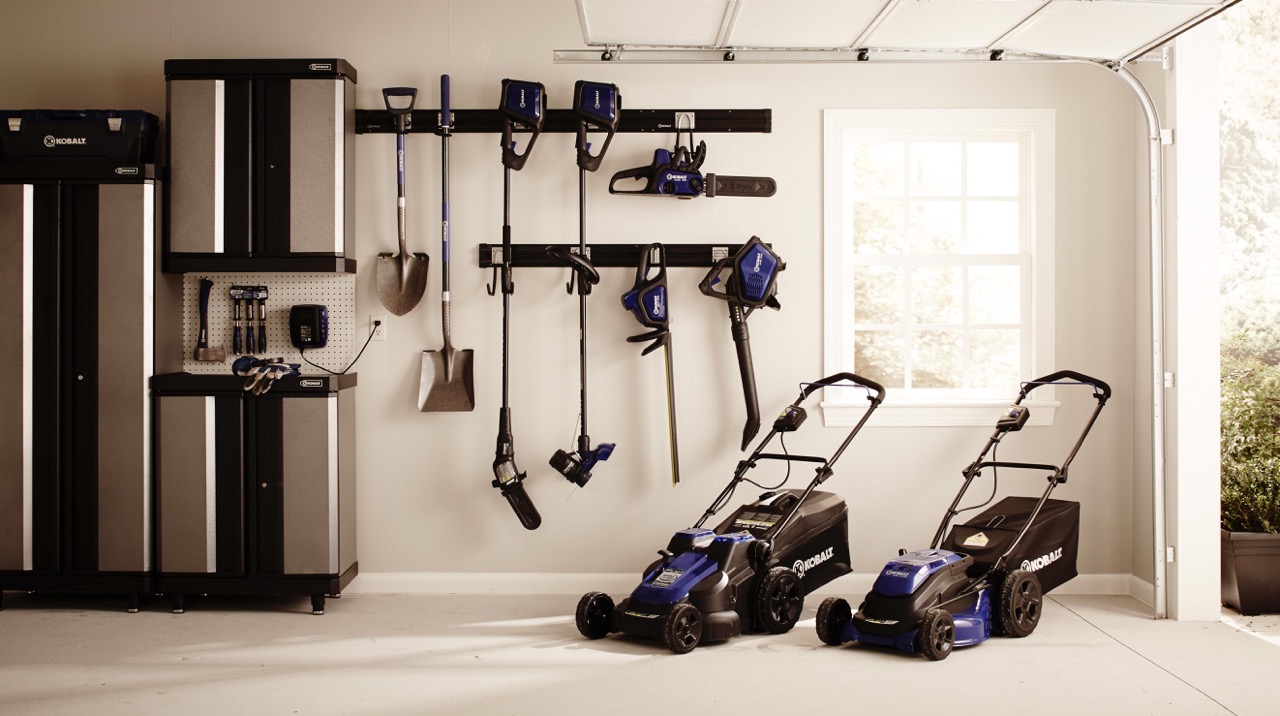

Articles
How To Store Lawn Equipment In Garage
Modified: August 27, 2024
Learn the best techniques for storing your lawn equipment in your garage with our informative articles. Keep your tools safe, organized, and easily accessible.
(Many of the links in this article redirect to a specific reviewed product. Your purchase of these products through affiliate links helps to generate commission for Storables.com, at no extra cost. Learn more)
Introduction
When it comes to maintaining your lawn, having the right equipment is essential. From lawnmowers and trimmers to leaf blowers and edgers, these tools help you keep your lawn looking neat and tidy. However, after a long day of yard work, it’s important to properly store your lawn equipment to keep it in good condition and ensure it lasts for years to come.
In this article, we will guide you through the process of storing your lawn equipment in the garage. We will share effective tips and techniques to help you clear the space, prepare the equipment, choose the right storage options, and organize the garage for an efficient and clutter-free setup. By following these steps, you can ensure that your equipment stays safe, secure, and ready for use whenever you need it.
So let’s roll up our sleeves and get started with storing your lawn equipment in the garage!
Key Takeaways:
- Properly storing lawn equipment in the garage involves clearing space, preparing the equipment, choosing the right storage options, and organizing the garage for an efficient and clutter-free setup.
- Regular maintenance and inspection of lawn equipment are crucial for ensuring longevity, optimal performance, and safe operation. Following manufacturer’s guidelines and proper storage practices are key to maintaining equipment in top condition.
Read more: How To Store A Lawn Mower In Garage
Clearing the Garage
Before you can begin storing your lawn equipment in the garage, it’s important to clear out the space and create a dedicated area for your tools. This will not only make it easier to access and store your equipment but also create a safer and more organized environment.
Start by removing any clutter or unnecessary items from the garage. Donate or sell items that you no longer use and find proper storage solutions for the belongings you want to keep. This will help create more space and ensure that your lawn equipment has a designated area.
Once you have cleared the area, sweep or vacuum the floor to remove any dirt or debris. This will provide a clean and dust-free environment for your equipment.
Consider adding shelves, hooks, or wall-mounted storage systems to maximize your garage’s storage potential. These additions can help you utilize vertical space and keep your lawn equipment organized and easily accessible.
Remember to leave ample space around your equipment, allowing for easy movement and maintenance. Place larger items, such as lawnmowers and snow blowers, against the walls, and arrange smaller tools and accessories on shelves or hooks.
By clearing and organizing your garage, you not only create a dedicated space for your lawn equipment but also improve safety and efficiency in your storage setup.
Preparing the Lawn Equipment
Before storing your lawn equipment in the garage, it’s crucial to properly prepare each item to ensure it remains in good condition during its off-season. Here are some steps to follow:
1. Clean the equipment: Start by cleaning your lawn equipment thoroughly. Remove any grass clippings, dirt, or debris that may have accumulated. Use a brush, damp cloth, or compressed air to clean hard-to-reach areas. This not only helps keep the equipment in good condition but also prevents the spread of pests or diseases.
2. Drain fuel and oil: If your equipment runs on gasoline, drain the fuel tank before storing it. Old fuel can deteriorate and damage the engine. Similarly, if your equipment requires oil, make sure to drain and replace it according to the manufacturer’s instructions.
3. Inspect for damage: Take the time to inspect your lawn equipment for any signs of damage. Check for loose or worn-out parts, frayed cables, dull blades, or any other issues that may need repair or replacement. Addressing these issues before storage will prevent further damage and ensure your equipment is ready for use when needed.
4. Lubricate moving parts: Apply lubricant to the moving parts of your equipment, such as bearings, hinges, and chains. This helps prevent rust and keeps the components functioning smoothly.
5. Remove batteries: If your equipment has a battery, remove it before storage. Store the battery separately in a cool, dry place, and ensure it is fully charged to maintain its longevity.
By preparing your lawn equipment properly, you can safeguard it against damage and ensure it remains in optimal condition during the storage period.
Choosing the Right Storage Options
When it comes to storing your lawn equipment in the garage, selecting the appropriate storage options is crucial to protect your tools and optimize the use of space. Here are some considerations to keep in mind:
1. Shelving systems: Invest in sturdy and adjustable shelving units to maximize vertical space in your garage. These shelves can hold smaller items such as hand tools, trimmers, and other accessories. Ensure the shelves are securely anchored to the wall and that each item has its designated spot to maintain organization.
2. Hooks and hangers: Utilize hooks and hangers to hang larger tools, such as rakes, shovels, and brooms, on the walls. This not only saves space but also keeps these items easily accessible and prevents them from leaning against other equipment, causing potential damage.
3. Cabinets and lockers: Consider installing cabinets or lockers in your garage to store smaller equipment like fertilizers, pesticides, and other chemicals. These closed storage options help keep potentially hazardous substances out of reach, ensuring the safety of children and pets.
4. Tool racks: Invest in tool racks or pegboards to organize your hand tools, such as wrenches, screwdrivers, and pliers. These racks allow you to hang your tools in a visible and easy-to-reach manner, minimizing the time spent searching for the right tool.
5. Dedicated storage for larger equipment: For larger items like lawnmowers, leaf blowers, and snow blowers, consider using floor storage options such as rolling carts or platforms. These provide a stable and secure spot for these hefty tools, keeping them off the ground and protecting them from potential damage.
Remember to assess the size and weight of your lawn equipment when selecting storage options. Ensure that the chosen options can adequately accommodate each item, keeping them secure and easily accessible.
By choosing the right storage options, you can effectively utilize the available space in your garage and keep your lawn equipment organized and protected.
Storing Small Lawn Equipment
When it comes to storing small lawn equipment, such as trimmers, edgers, and handheld tools, it’s important to keep them organized and easily accessible. Here are some tips for storing small lawn equipment:
1. Use labeled containers: Invest in storage containers or bins that are labeled and dedicated to specific types of tools. This makes it easy to locate and retrieve the equipment you need. Additionally, using clear containers allows you to see the contents without having to open each one.
2. Separate sharp tools: Keep sharp tools like shears and pruners in separate protective sleeves or toolboxes to prevent accidental injuries and protect the blades from damage.
3. Hang smaller tools: Utilize hooks or hangers on the walls of your garage to hang smaller tools like hand trowels, cultivators, and weeding tools. This keeps them visible and easily accessible, saving you time and effort in searching for them.
4. Create a tool wall: Consider installing a pegboard or a tool wall where you can hang smaller equipment with hooks, allowing you to see your tools at a glance and keeping them off the floor or workbench.
5. Utilize magnetic strips: Attach magnetic strips to the inside of cabinet doors or on walls to store small metal tools like screwdrivers and wrenches. This prevents them from getting lost in drawers and keeps them within reach.
6. Store batteries properly: If your small lawn equipment runs on batteries, keep them separate from the tools in a cool and dry place. Properly label and organize the batteries so that you can easily find and replace them when needed.
Remember to clean your small lawn equipment before storing it and ensure that it is completely dry to prevent rust or corrosion. By following these storage techniques, you can maintain the condition of your small lawn equipment and have them ready for use whenever you need them.
Consider installing wall hooks, shelves, or a pegboard in your garage to hang and store lawn equipment such as rakes, shovels, and trimmers. This will help keep your garage organized and make it easy to access your tools when needed.
Read more: How To Store Strollers In The Garage
Storing Large Lawn Equipment
Storing large lawn equipment, such as lawnmowers, snow blowers, and leaf blowers, requires careful planning and consideration. These bulky items need extra space and protection to ensure their longevity. Here are some tips for storing large lawn equipment:
1. Clean and prepare: Before storing large equipment, thoroughly clean and remove any debris or grass clippings. This helps prevent the buildup of moisture and protects against rust or corrosion. Check the owner’s manual for specific cleaning instructions for each piece of equipment.
2. Empty fuel tanks: It is crucial to empty the fuel tanks of lawnmowers, snow blowers, and other equipment powered by gasoline. Leaving fuel in the tank can lead to corrosion, fuel deterioration, or damage to the engine. Run the equipment until the fuel is depleted or use a fuel stabilizer according to the manufacturer’s recommendations.
3. Raise equipment off the ground: To prevent moisture damage, elevate your large lawn equipment off the ground. Place wooden or plastic blocks or pallets underneath to provide airflow and prevent direct contact with the concrete floor. This helps preserve the equipment’s tires and undercarriage.
4. Cover or store indoors: If possible, store large lawn equipment inside the garage or shed. This protects it from the elements, such as rain, sun, and extreme temperatures. If indoor storage is not feasible, consider using weatherproof covers specifically designed for your equipment. Ensure the covers are secure and provide proper ventilation.
5. Secure loose parts: For equipment with removable parts, such as blades or attachments, secure them properly to avoid misplacement or damage. Store them in designated containers or attach them securely to the equipment itself.
6. Utilize available space: Arrange your large lawn equipment strategically to make the most of the available space. Consider placing equipment against the walls or in corners to optimize the layout and allow for easy movement within the garage.
7. Maintain tires and wheels: Inflate or deflate tires according to the manufacturer’s recommendations to prevent damage. Inspect the tires for any signs of wear and replace them if necessary. Lubricate wheels and axles to ensure smooth performance.
By following these guidelines, you can store your large lawn equipment properly and ensure that it remains in good condition, ready for use whenever you need it.
Properly Organizing the Garage Space
Organizing your garage space is essential not only for storing your lawn equipment but also for creating a functional and clutter-free environment. Here are some tips for properly organizing your garage:
1. Categorize and group items: Divide your garage into zones based on the types of items you have. Create separate areas for lawn equipment, tools, sports gear, and other belongings. This makes it easier to locate specific items and keeps similar items together.
2. Utilize vertical space: Maximize the use of vertical space by installing shelves, hooks, and overhead storage systems. This allows you to store items off the floor and helps create more space for your lawn equipment. Consider using sturdy wall-mounted brackets to hold heavier items.
3. Use clear and labeled containers: Store smaller items in clear plastic containers so that you can easily see their contents without having to open each box. Label the containers to keep everything organized and easily identifiable.
4. Create a workbench area: Dedicate a specific area in your garage for a workbench or a work surface. This provides a space for you to perform maintenance tasks and repairs on your lawn equipment. Keep necessary tools and supplies nearby for easy access.
5. Maintain a walkway: Ensure there is a clear pathway in your garage to safely navigate around your lawn equipment. Leave enough space between items and avoid blocking entrances or exits. This not only prevents accidents but also allows for easy access when retrieving or storing your equipment.
6. Properly store hazardous materials: If you keep hazardous materials, such as pesticides or fertilizers, in your garage, store them in a locked cabinet or high shelf to keep them out of reach of children or pets. Follow safety guidelines and local regulations when storing and disposing of these substances.
7. Regularly declutter: Take time to declutter your garage on a regular basis. Remove items that you no longer use or need and donate or sell them. This helps create more space and maintain an organized environment.
Remember to assess and adjust your garage’s organization periodically to accommodate new tools or equipment and to keep your storage system efficient and effective.
By properly organizing your garage space, you can create a neat and functional area where your lawn equipment is easily accessible and well-maintained.
Maintaining and Inspecting the Equipment
Maintaining and inspecting your lawn equipment on a regular basis is crucial to ensure its longevity and optimal performance. Here are some important steps to follow:
1. Clean after each use: After using your lawn equipment, take the time to clean it thoroughly. Remove grass clippings, dirt, and debris that may have accumulated during operation. This helps prevent corrosion, rust, and clogging of essential components.
2. Sharpen and replace blades: Blades on lawnmowers, trimmers, and other cutting tools can become dull over time. Regularly inspect and sharpen the blades or replace them if necessary. Dull blades can result in poor cutting performance and strain the equipment’s motor.
3. Check and replace spark plugs: Inspect the spark plugs in your gasoline-powered equipment. If they are dirty or worn, clean or replace them according to the manufacturer’s recommendations. This ensures optimal ignition and efficient fuel consumption.
4. Lubricate moving parts: Apply lubricant to the moving parts of your lawn equipment, such as bearings, hinges, and pivot points. This helps reduce friction, prevents rust, and ensures smooth functioning of the equipment. Refer to the equipment’s manual for proper lubrication requirements.
5. Inspect cables and belts: Regularly inspect cables and belts for signs of wear, fraying, or cracks. Damaged cables or belts should be replaced immediately to avoid accidents and maintain the equipment’s performance.
6. Maintain battery-operated equipment: If you have battery-powered lawn equipment, follow the manufacturer’s instructions for maintaining the batteries. This may include regular charging, proper storage, and replacing the batteries when they no longer hold a charge.
7. Store in a dry and secure location: After each use and during the off-season, store your lawn equipment in a dry and secure location, such as a garage or shed. Protect it from exposure to weather elements, which can cause damage. If storing outside is the only option, use weatherproof covers to shield the equipment.
8. Follow the manufacturer’s maintenance schedule: Consult the equipment’s manual for recommended maintenance tasks and timelines. Each piece of equipment may have specific maintenance requirements, such as oil changes, air filter checks, or blade sharpening. Adhering to the manufacturer’s guidelines will help keep your equipment in top condition.
By regularly maintaining and inspecting your lawn equipment, you can prolong its lifespan, ensure safe operation, and maintain the highest level of performance. Following these tips will help you enjoy a well-maintained and reliable set of tools for all your lawn care needs.
Conclusion
Properly storing your lawn equipment in the garage is essential for maintaining its condition and ensuring its longevity. By following the tips and techniques outlined in this article, you can create an organized and efficient storage setup that keeps your equipment safe, accessible, and in optimal working condition.
Clearing out the garage and creating designated spaces for your lawn equipment sets the foundation for an organized storage system. Preparing the equipment by cleaning, draining fuel, and inspecting for damage safeguards it during the storage period.
Choosing the right storage options, whether it’s shelves, hooks, cabinets, or racks, helps maximize space utilization and keeps your equipment secure and easily accessible. Storing small lawn equipment in labeled containers, hanging tools on walls, and utilizing magnetic strips keep them organized and within reach.
For larger equipment, ensuring proper cleaning, raising it off the ground, and storing it indoors or under weatherproof covers protects it from damage caused by moisture and the elements.
Properly organizing the garage space not only accommodates your lawn equipment but also creates a functional and clutter-free environment. Categorizing items, utilizing vertical space, and maintaining a clear pathway optimize the storage setup.
Maintaining and inspecting your equipment on a regular basis helps ensure its longevity and optimal performance. Cleaning after each use, sharpening blades, checking spark plugs, lubricating moving parts, inspecting cables and belts, and following the manufacturer’s maintenance schedule are key steps to keep your equipment in top shape.
In conclusion, storing lawn equipment properly in the garage is a vital part of maintaining its condition and ensuring its longevity. By implementing the techniques covered in this article, you can create an organized, accessible, and well-maintained storage setup that keeps your lawn equipment ready for action whenever you need it.
Now that you've mastered storing lawn equipment in your garage, why stop there? Elevate your space with creative and efficient garage organization ideas. These insights offer surprising solutions to declutter and optimize every inch of your area. For those with a collection of tools, discover the latest in tool storage innovations to safeguard and organize your essentials for easy access. Both guides provide practical tips that transform your space, making it a model of efficiency and order.
Frequently Asked Questions about How To Store Lawn Equipment In Garage
Was this page helpful?
At Storables.com, we guarantee accurate and reliable information. Our content, validated by Expert Board Contributors, is crafted following stringent Editorial Policies. We're committed to providing you with well-researched, expert-backed insights for all your informational needs.
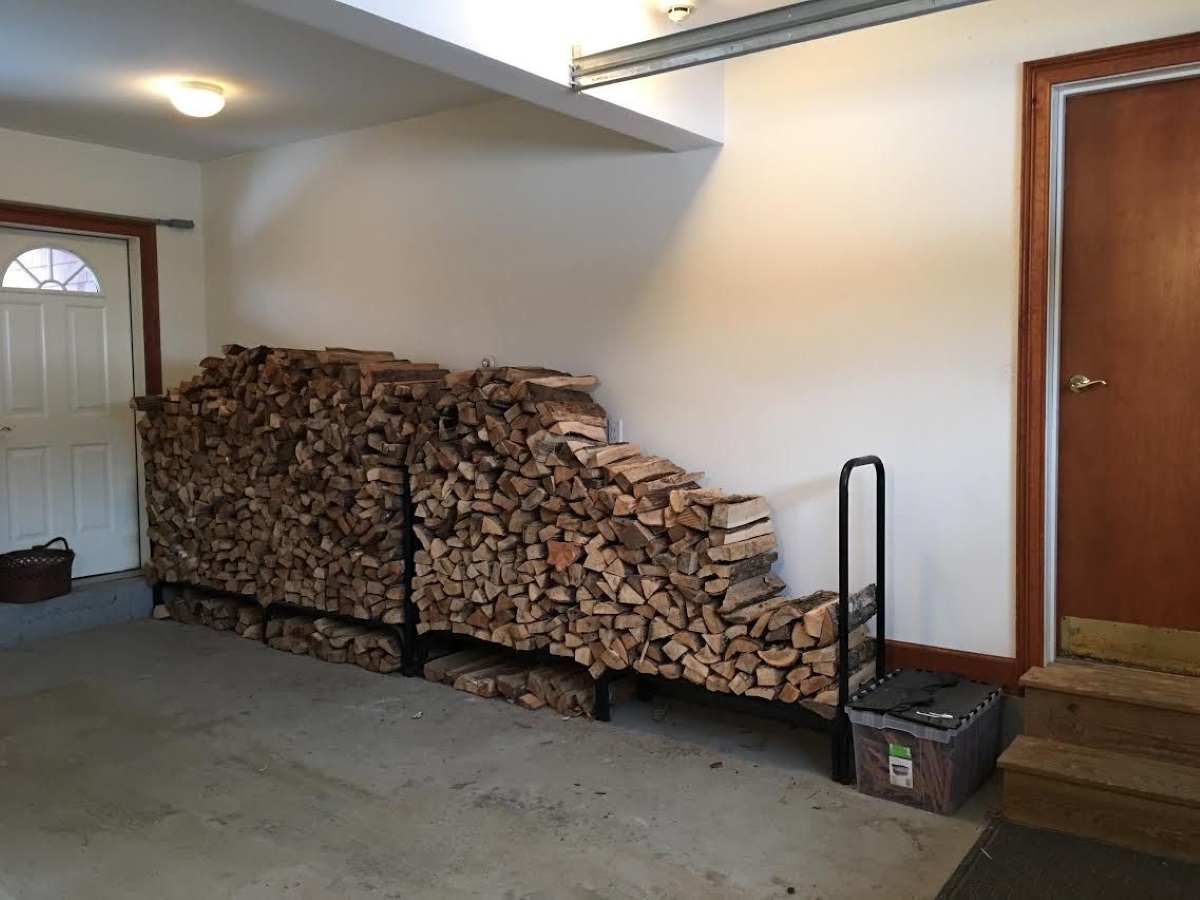
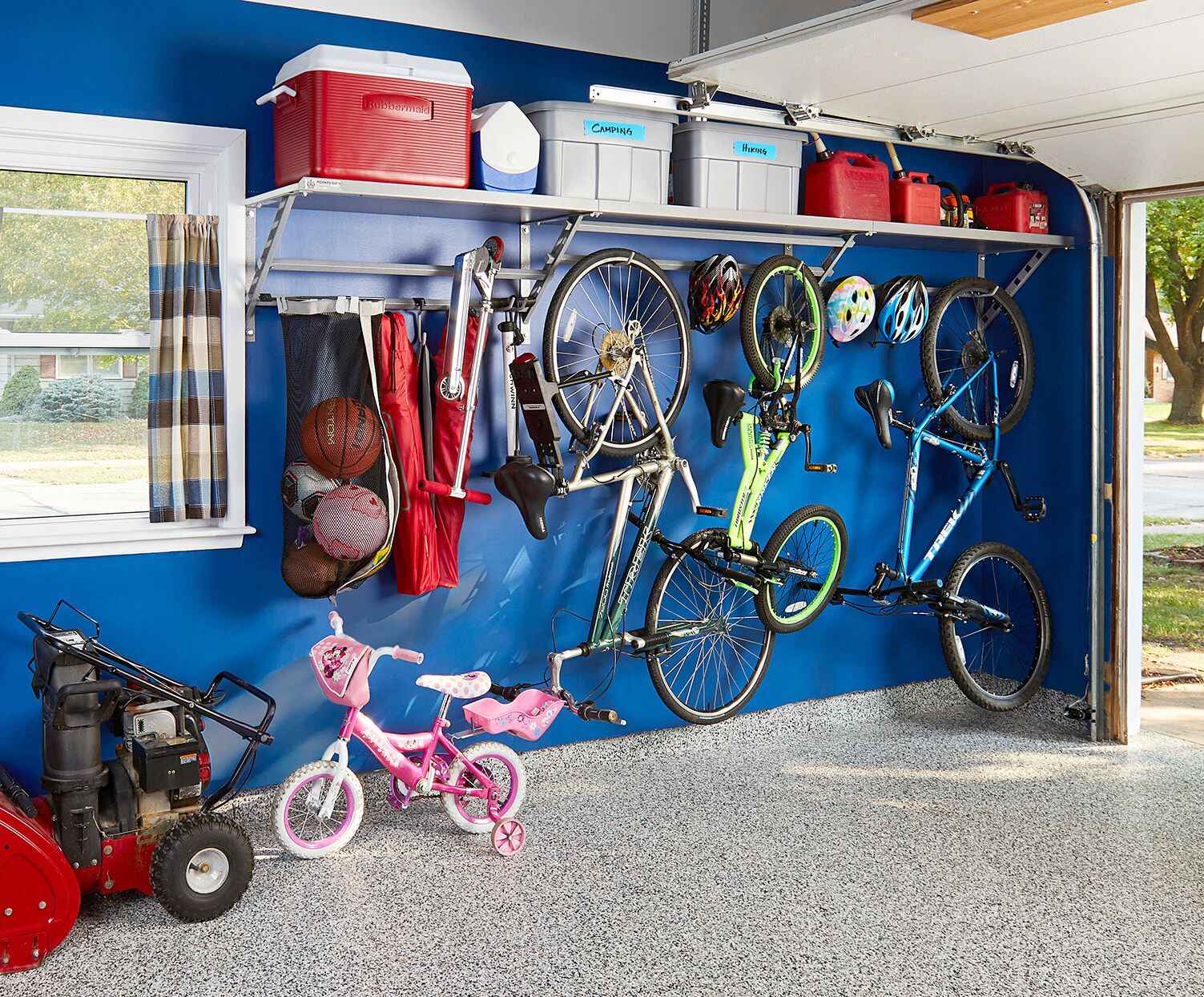


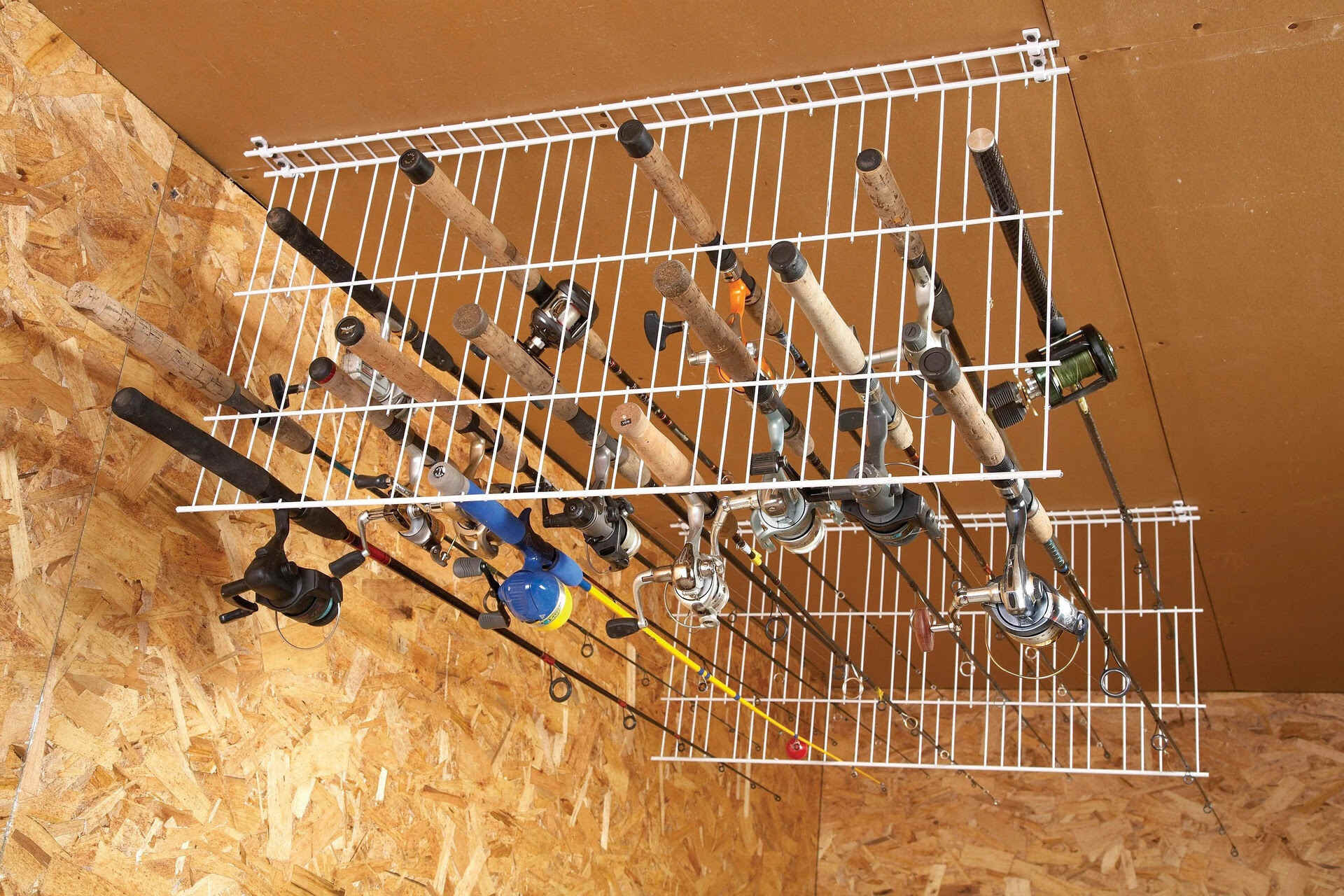
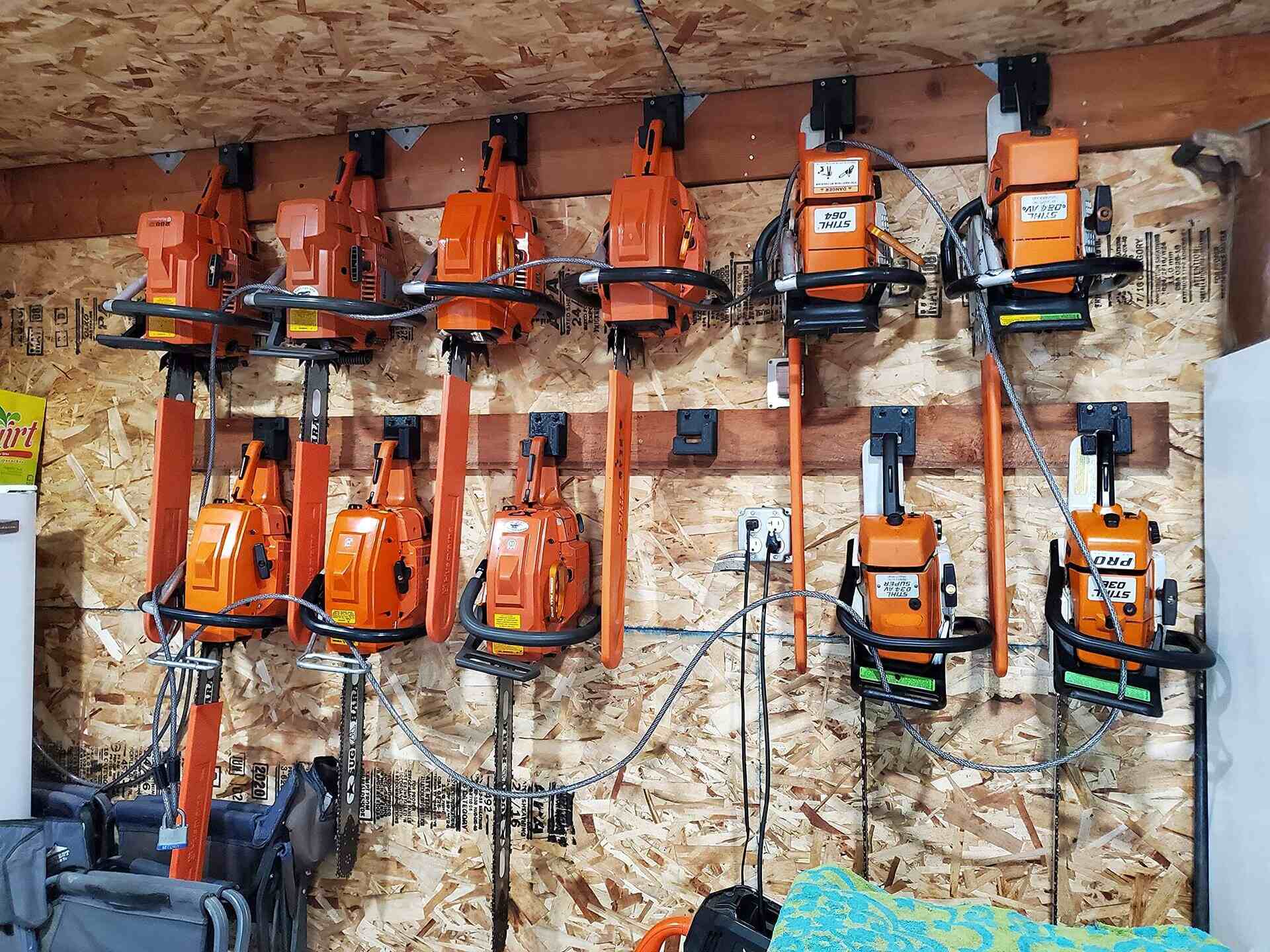
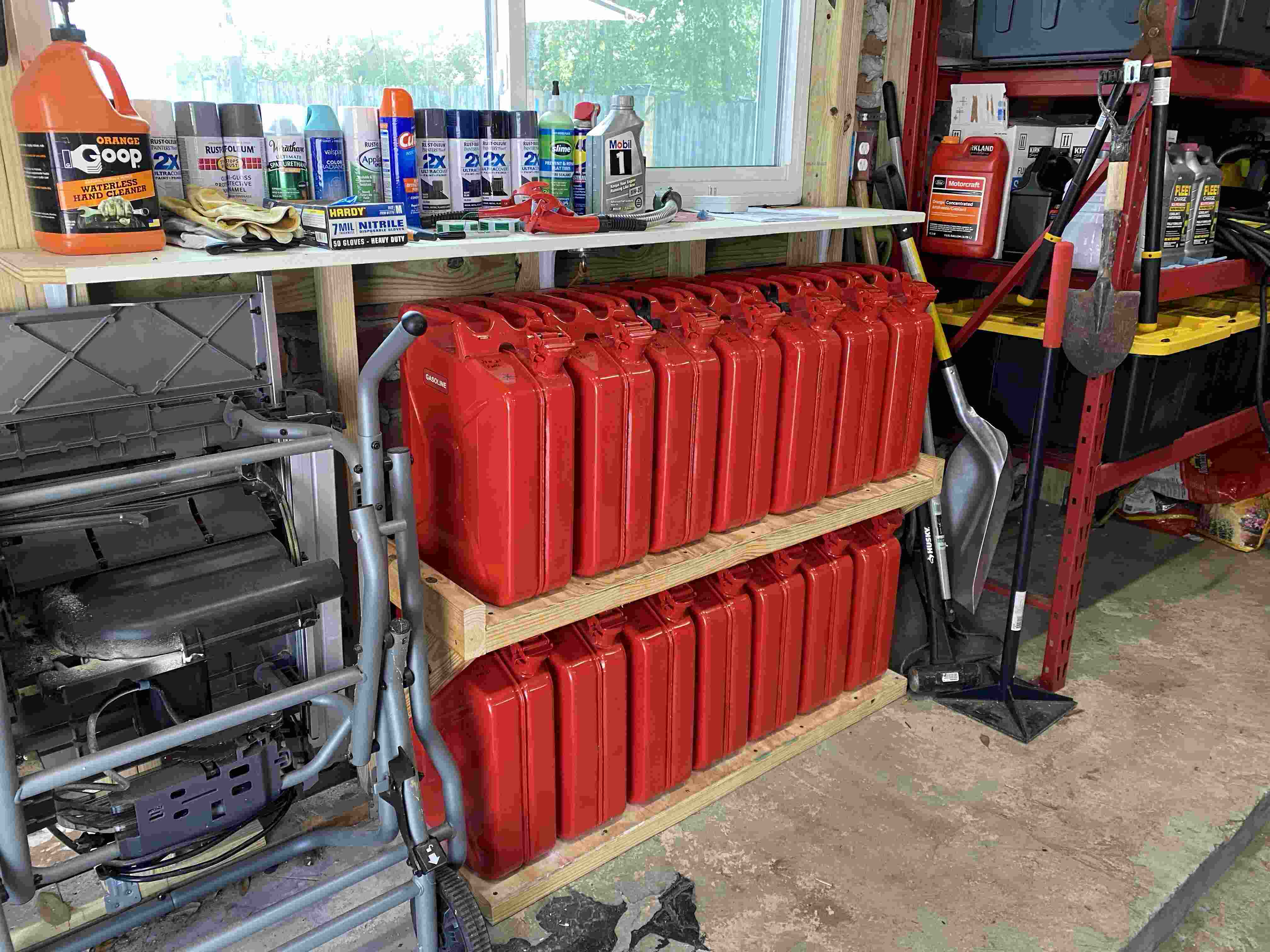
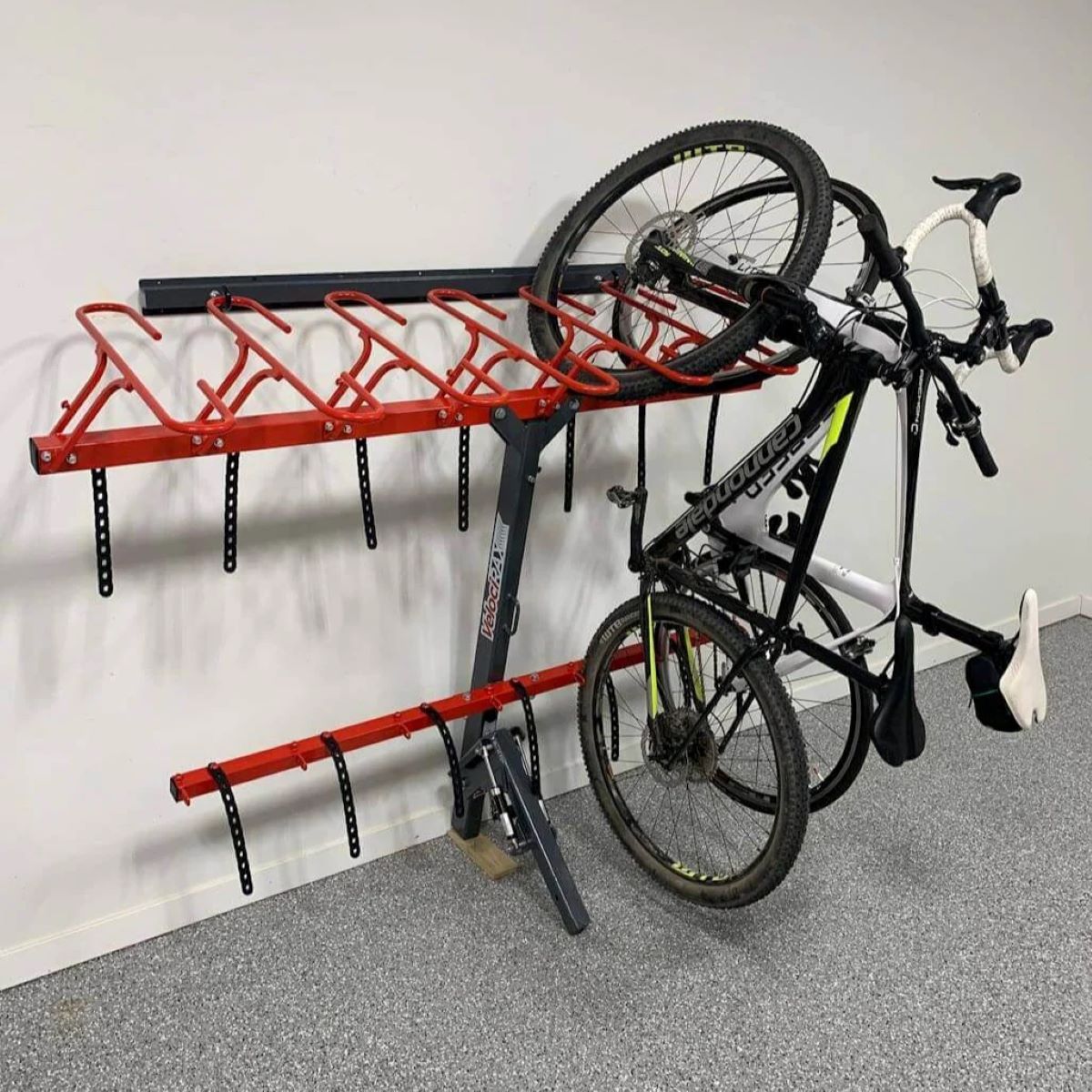
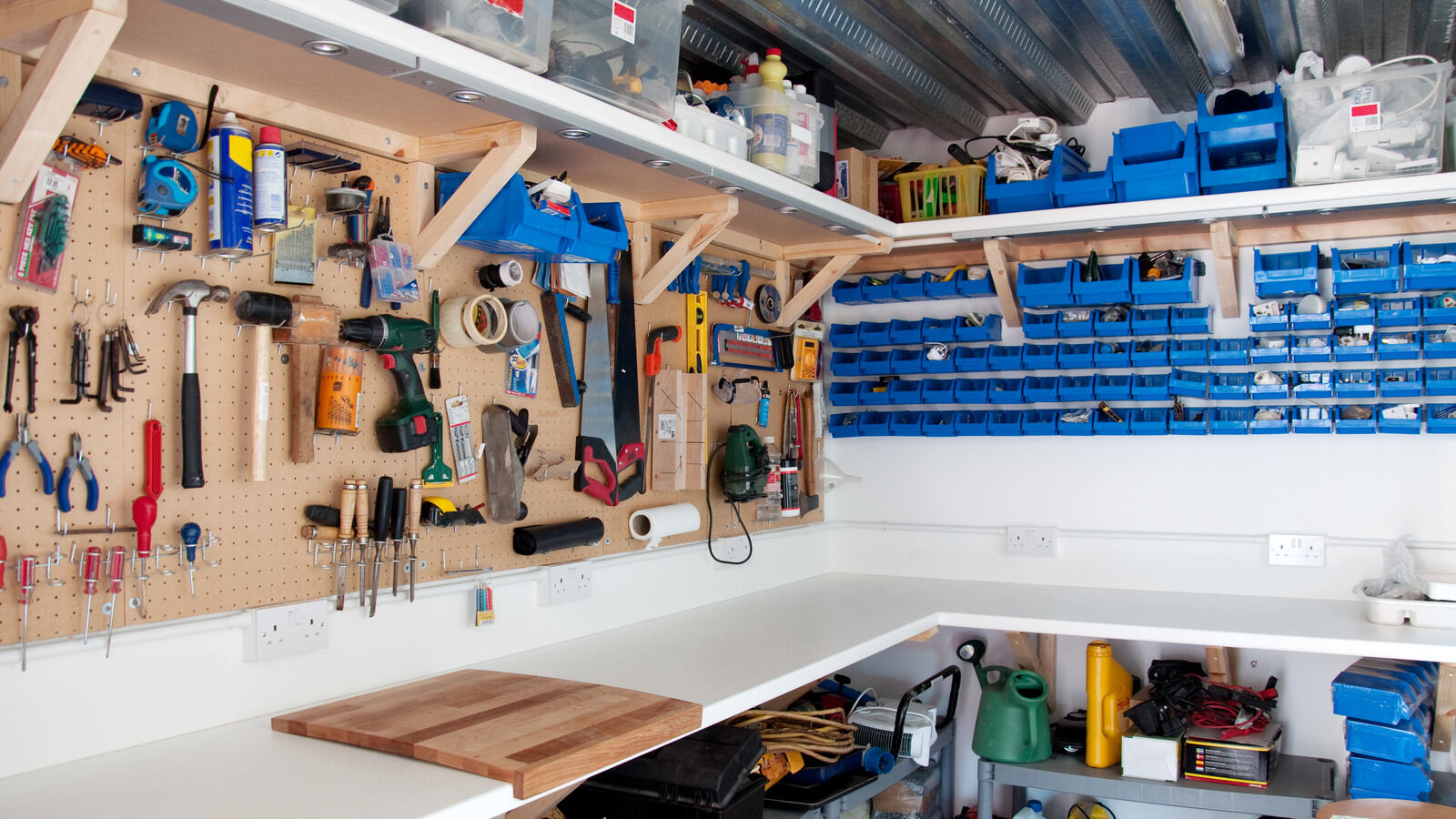
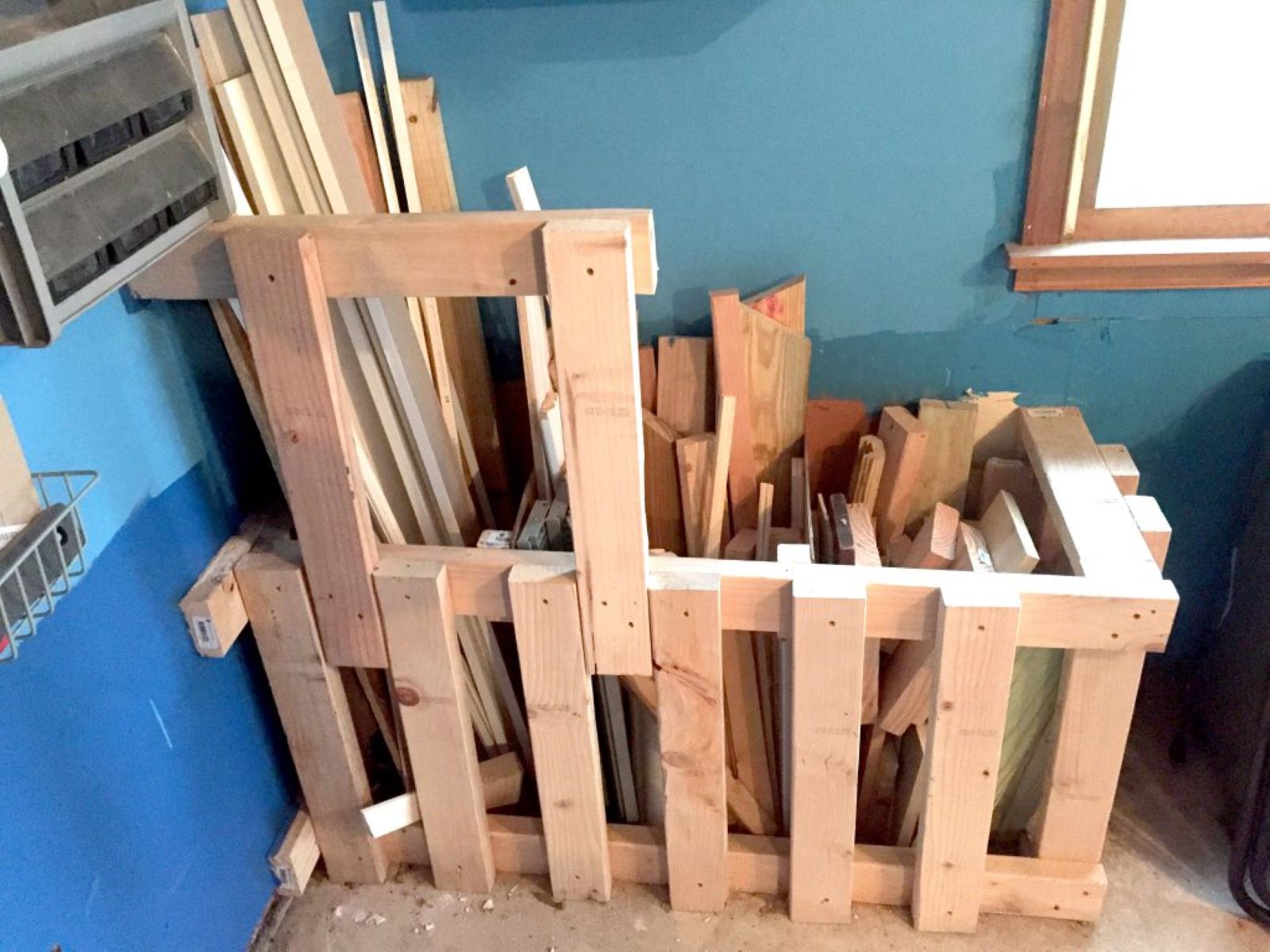
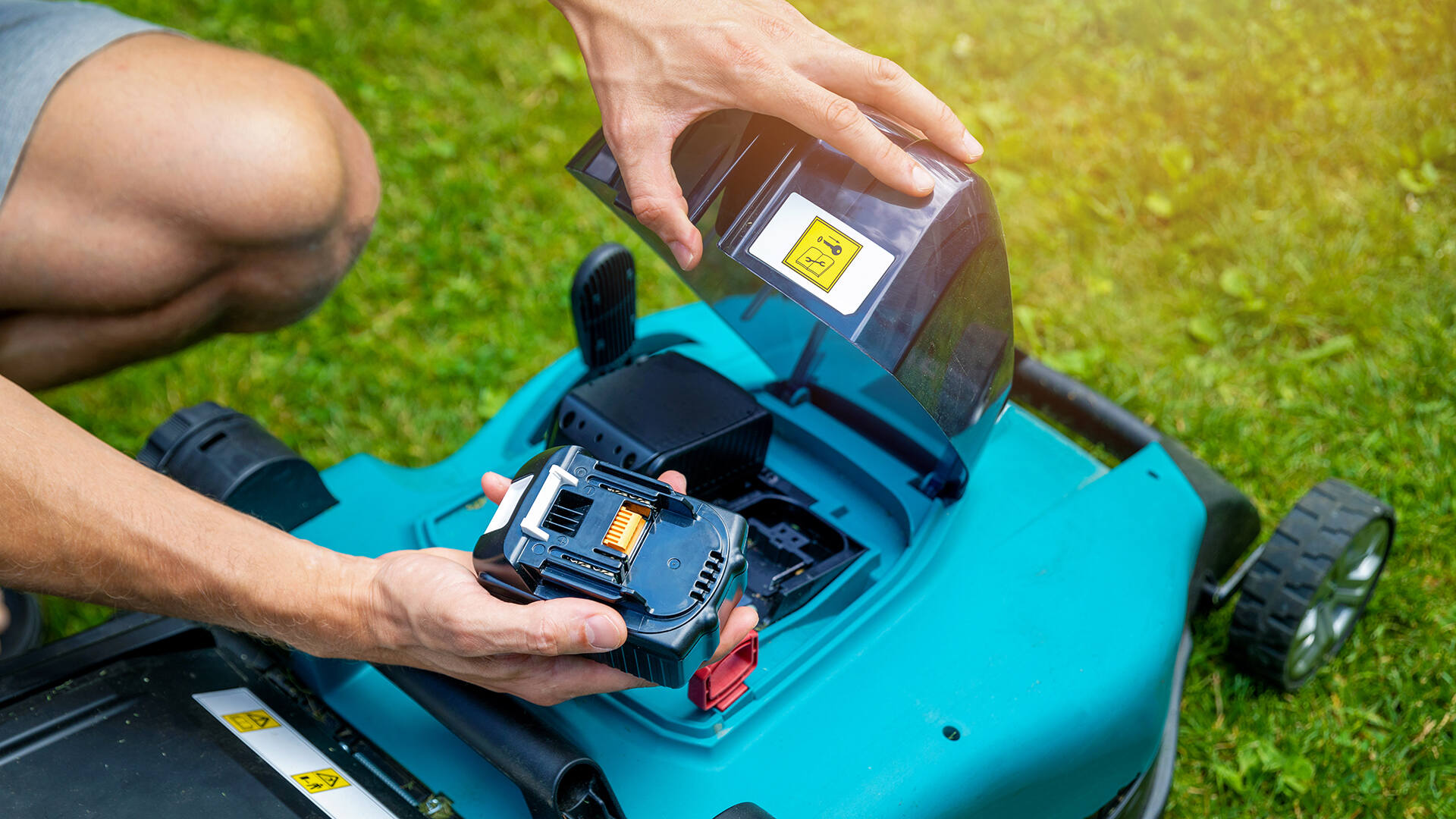
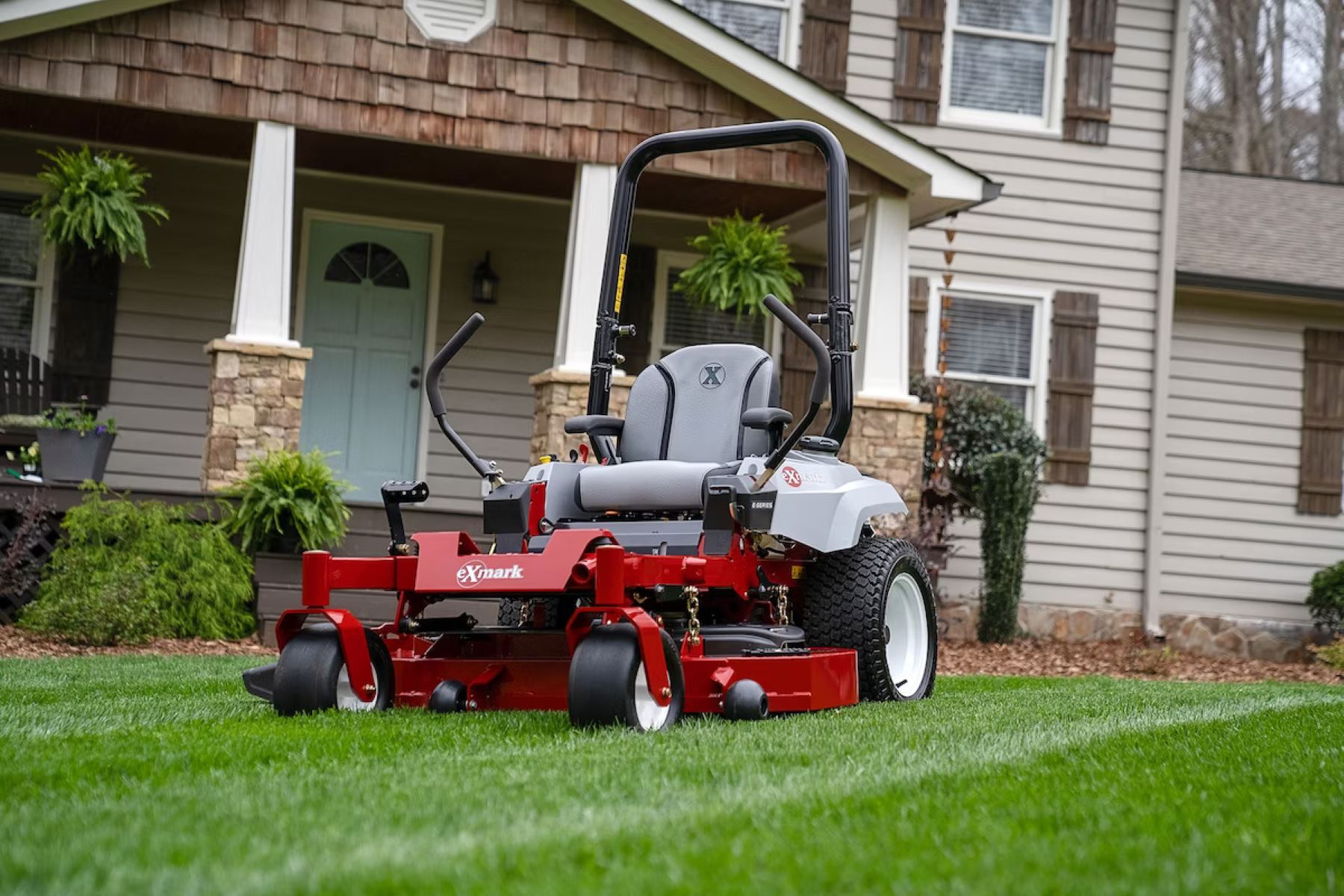

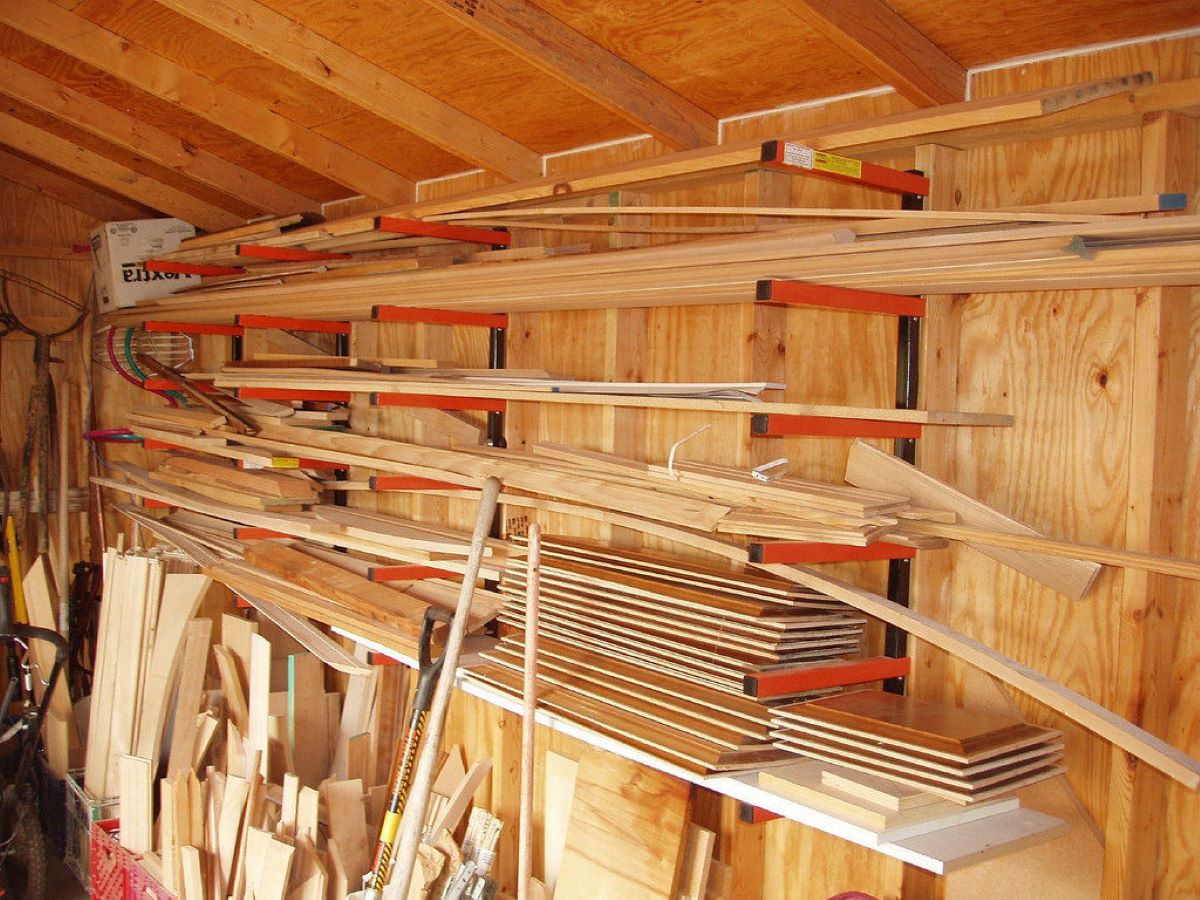

0 thoughts on “How To Store Lawn Equipment In Garage”